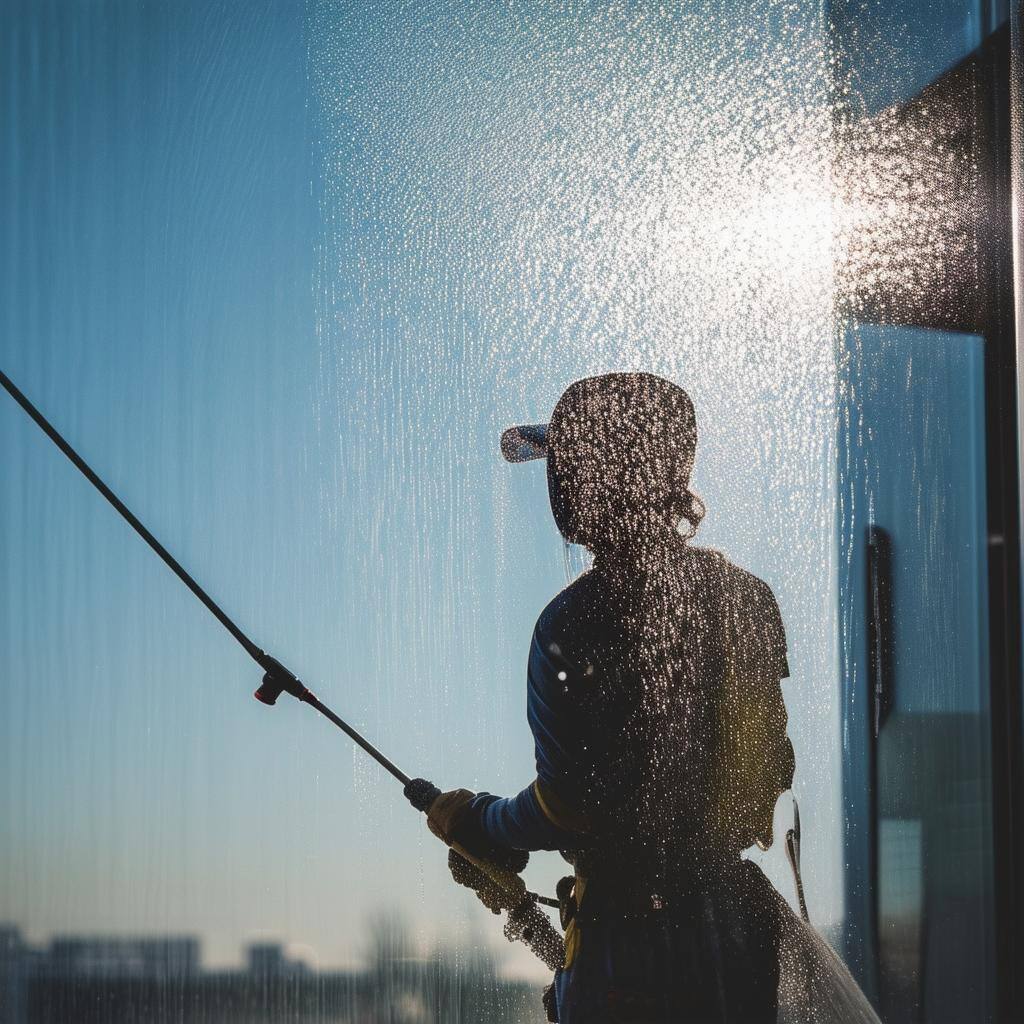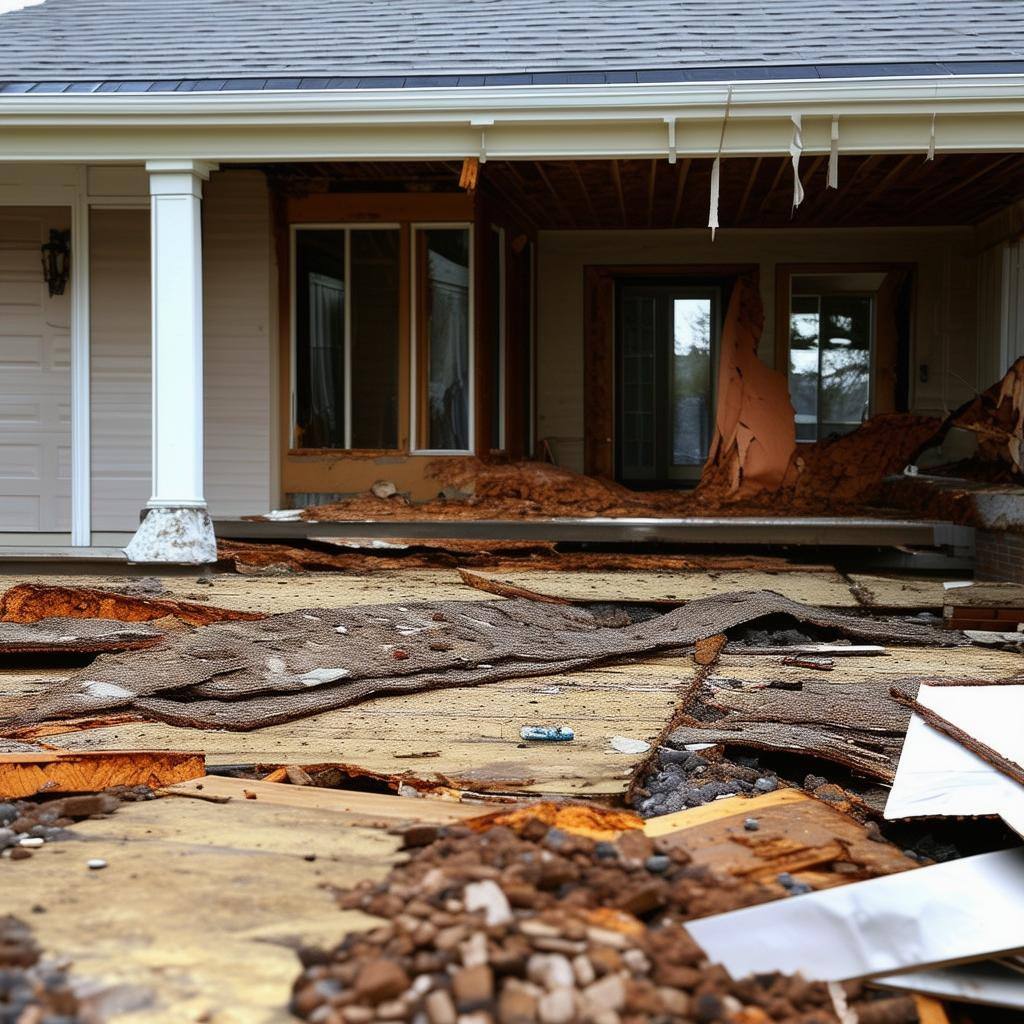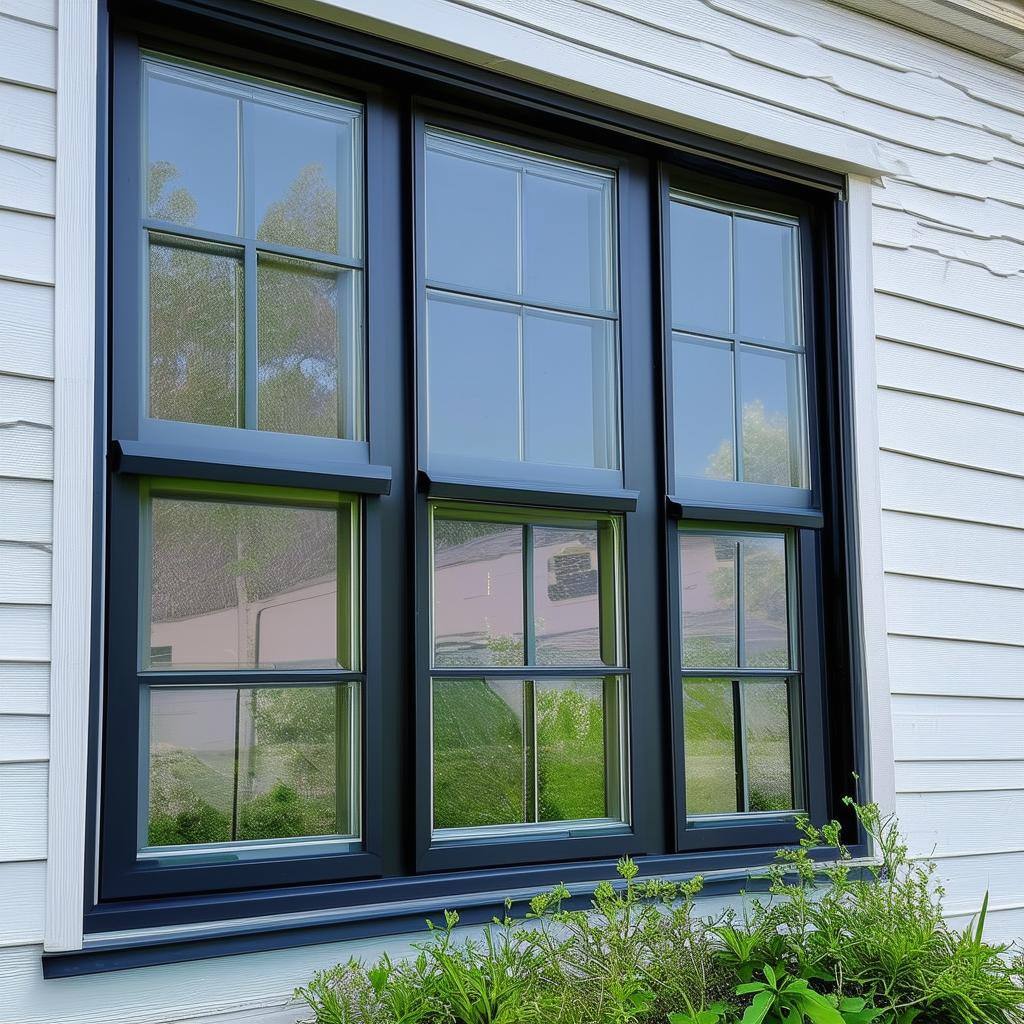The Ultimate Guide to Power Washing Your Home: Benefits, Techniques, and Tips
Power washing, also known as pressure washing, is a highly effective method for cleaning the exterior surfaces of your home. From driveways to siding, this powerful technique removes dirt, grime, mold, and mildew, restoring your home’s appearance and prolonging the life of its materials. However, not all surfaces can withstand high pressure. For more delicate areas, soft washing is a gentler alternative that can effectively clean without causing damage. In this guide, we’ll explore the benefits of both power washing and soft washing, techniques involved, and essential tips for achieving the best results.
Learn More Below for Benefits, Soft Washing Alternative, Techniques Safety Tips, & When to Call a Pro!
Benefits of Power Washing
1. Enhances Curb Appeal
Over time, your home’s exterior can accumulate dirt and stains that detract from its overall appearance. Power washing removes these unsightly elements, making your home look fresh and inviting. Whether you’re preparing to sell your home or simply want to maintain its aesthetic, a clean exterior can significantly enhance curb appeal.
2. Prevents Damage
Mold, mildew, and algae can grow on various surfaces, especially in damp or shaded areas. These organisms not only look unattractive but can also cause damage over time. Regular power washing helps prevent these issues, protecting your home’s materials and saving you from costly repairs down the line.
3. Improves Health and Safety
Dirty surfaces can harbor allergens and irritants, posing health risks to your family. Power washing eliminates mold, mildew, and other contaminants, promoting a healthier living environment. Additionally, removing slippery substances from driveways and walkways enhances safety by reducing the risk of slips and falls.
4. Increases Property Value
A well-maintained exterior can boost your home’s value. Prospective buyers are more likely to be attracted to a property that appears clean and well cared for. Regular power washing can be a smart investment in your home’s long-term value.
Soft Washing: A Gentle Alternative
While power washing is effective for tough surfaces, soft washing is a gentler method that uses lower pressure and specialized cleaning solutions. This technique is ideal for more delicate materials, such as:
1. Roofs
Soft washing is particularly effective for cleaning roofs, especially asphalt shingles, which can be damaged by high-pressure washing. The soft wash method uses a mix of low-pressure water and eco-friendly detergents to safely remove algae, moss, and lichen without harming the shingles.
2. Fences
Wooden fences, in particular, can splinter or warp if subjected to high pressure. Soft washing cleans wooden surfaces gently while helping to remove dirt, mildew, and weathered stains.
3. Patios and Decks
While concrete and stone surfaces can often withstand power washing, wooden decks require soft washing to prevent damage. This method effectively cleans and revitalizes the wood without stripping away protective finishes.
4. Siding
Vinyl and painted surfaces can also benefit from soft washing, as it reduces the risk of chipping or damaging the finish. Soft washing will safely clean the siding, removing dirt and organic growth while preserving the integrity of the material.
Techniques for Effective Power Washing and Soft Washing
1. Choose the Right Equipment
For power washing, select a pressure washer with the appropriate pressure settings for your surfaces. A typical pressure range for home use is between 1,300 to 2,500 psi. For soft washing, use a specialized soft wash system or a pressure washer with adjustable pressure settings.
2. Prepare the Area
Before you start, clear the area of furniture, plants, and decorations. Cover windows, doors, and electrical outlets with plastic sheeting to protect them from water damage. It’s also wise to secure or remove any delicate landscaping nearby.
3. Use Proper Technique
- Start from the Top: Begin washing from the highest point and work your way down. This prevents dirty water from running over clean areas.
- Maintain Distance: For power washing, keep the nozzle at a consistent distance from the surface—usually around 12 to 18 inches. For soft washing, a closer distance may be necessary, depending on the surface and solution used.
- Use a Sweeping Motion: Move the nozzle in a sweeping motion, overlapping each stroke to ensure even cleaning.
4. Use Cleaning Solutions Wisely
For tougher stains, consider using a detergent designed for power washing. In soft washing, a mix of low-pressure water and eco-friendly detergents is applied before washing, allowing it to sit for a few minutes to break down grime.
5. Rinse Thoroughly
After cleaning, rinse the surface with clean water to remove any remaining detergent or debris. Ensure that all soap is washed away to prevent residue buildup.
Safety Tips
- Wear Protective Gear: Always wear safety goggles, gloves, and non-slip footwear. Protective gear will safeguard against debris and high-pressure water.
- Be Cautious of Electrical Outlets: Avoid power washing near electrical outlets or fixtures to prevent electric shock.
- Check Weather Conditions: Power washing is best done on a dry, mild day. Avoid windy conditions that can blow debris back onto cleaned surfaces.
When to Hire a Professional
While power washing and soft washing can be DIY tasks, there are situations where hiring a professional may be beneficial:
- High or Hard-to-Reach Areas: If your home has multiple stories or steep rooflines, it’s safer to hire experts with the right equipment and training.
- Specialized Surfaces: Delicate materials, like wood or older brick, may require special handling. Professionals can determine the best techniques and pressures to use.
- Time Constraints: If your schedule is tight, hiring a professional service can save you time and ensure a thorough job.
Summary
Power washing and soft washing are effective ways to maintain your home’s exterior, enhancing its appearance and preventing damage from mold and grime. By understanding the differences between the two methods and taking the necessary precautions, you can achieve impressive results. Whether you choose to tackle the job yourself or enlist professional help, regular washing will keep your home looking its best and protect its value for years to come.
Why don't homes come with a user manual?
We don't know, either. But we're here to help.
See how, below...from tackling the maintenance tasks you can’t stand or always forget, to getting proactive with your maintenance, to sending out contractor referrals we actually know & trust!
You May Also Like
These Related Stories

Window Washing Guide

Damage Remediation Guide
